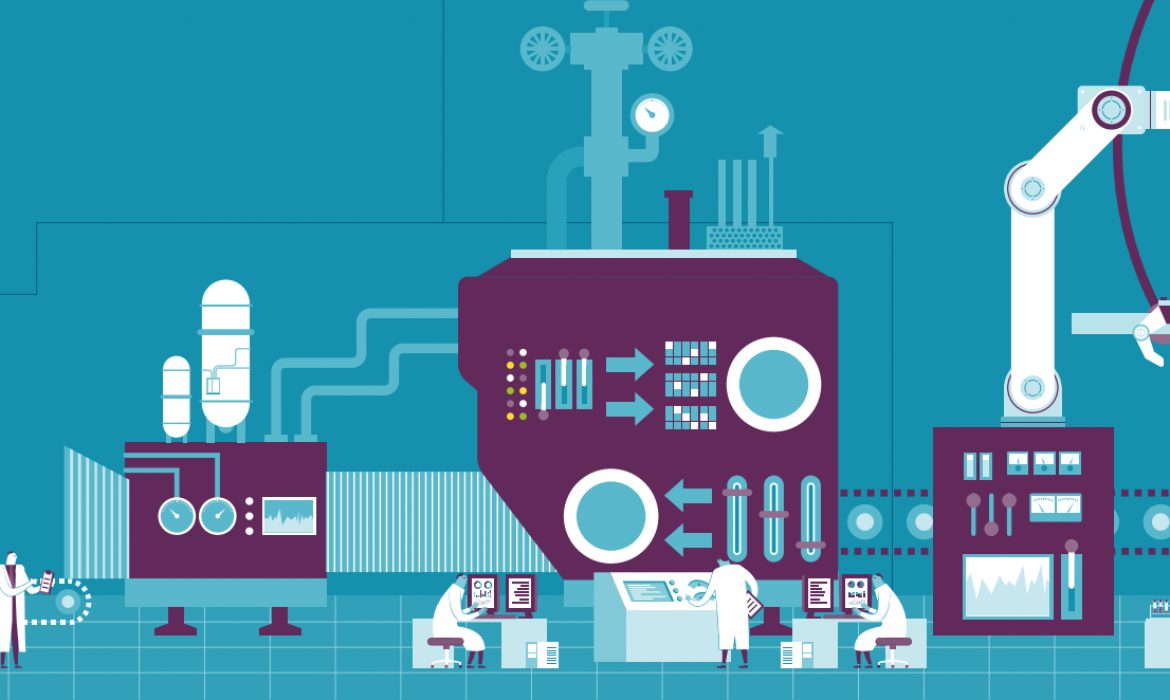
Historically, data and design haven’t talked to one other. They were unconnected, actively kept apart – in theory, and in practice. More recently, however, marketers have begun to realise the error of this – and yet there still remains a gap between the two elements that needs bridging.
Today, marketers have access to vast amounts of data and many are using this effectively to inform their strategies, particularly seen in programmatic advertising – who to serve the ad to, when to serve it and how frequently, to name a few. Tech companies can track millions of devices to gain extensive user data, ensuring the most engaging messaging can then be delivered to each client. Without this data, this communication would have to run on guesswork rather than insight and precision.
However, many marketers are stopping here, and so in the process neglecting a major element of the ad – the design. Too often the design minds are brought in when the big decisions have already been made. But why would you go to great lengths to ensure your ads are being served to the right audience, and yet not first give proper thought to whether the ad’s design will grab the individual’s attention and engage them?
This is where data can and should come into play – the combination of the science of data with the art of design. Design teams should be given access to the same data points that are already used in programmatic media buying and brought in at the beginning of the project before any major strategies are made. If this is achieved, marketers will then be able to serve targeted design that achieves visual brand impact and data performance goals.
And what’s more, if tightly connected, this combination could provide insights into branding too, informing marketers what visual elements best appeal to the target audience.
The combination of data and visuals does not, of course, need to be restricted to programmatic – it can inform almost any advertising medium. Take British Airway’s AR billboard for example. As a BA flight flew over the board, BA fed real-time data into the giant billboard triggering a child to look up and point to the actual plane in the sky as it flew overhead.
So what does the future for data-led design look like?
Over the past few years, as customer data has increasingly dictated marketing strategy, brands are coming to realise the importance of this data in design too – but there is still a long way to go. Design and media teams still work in silos in even some of the most successful advertising brands, preventing designers from accessing data that media teams have been effectively using for years to target with.
However, though this convergence may seem idealistic, it will soon have to become a necessity. For consumers’ expectations are not relaxing, but quite the opposite. Consumers are demanding an increasingly personalised and intelligent experience, and if this isn’t supplied, brands will fail to engage them.
If they can learn how to merge data with design, however, brands will be able to achieve relevant targeting coupled with engaging design, in the process creating a product far more effective than either one of the elements can achieve in isolation – the combination of data and art, a perfect blend of reason and emotion.
___
by Kate Rogerson
source: PerformanceIN


